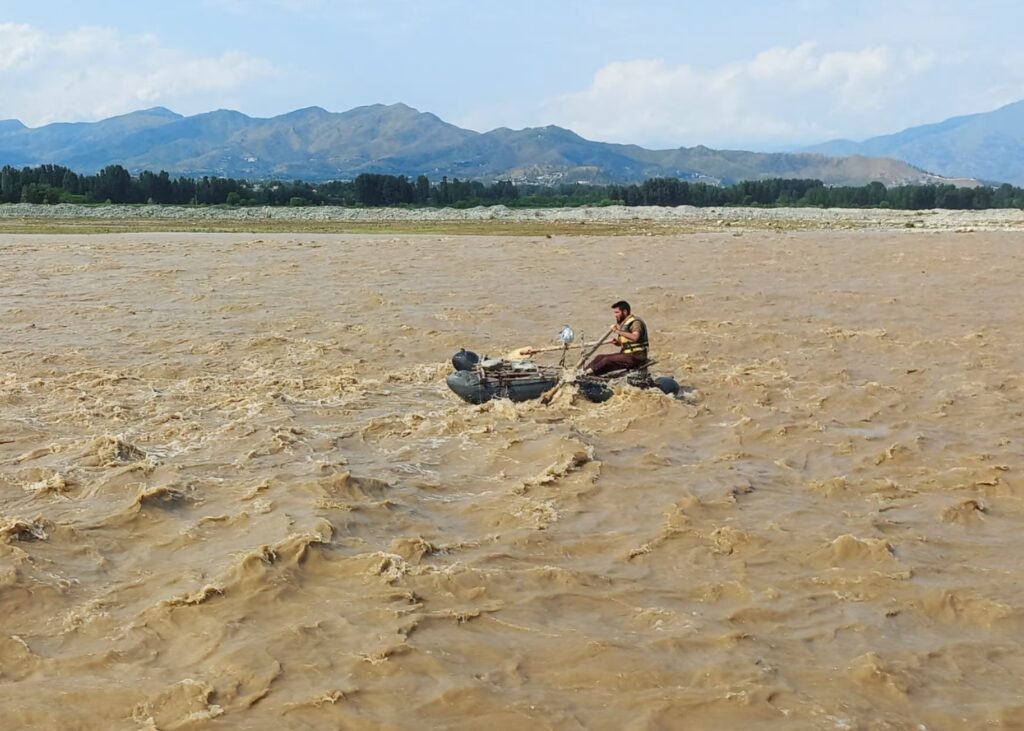PESHAWAR – A major failure in disaster management has surfaced in Swat, where an early warning system (EWS) purchased in 2010 remains uninstalled. The Khyber Pakhtunkhwa Irrigation Department bought the system to issue flood alerts. Yet it has stayed locked in storage for 15 years, leaving local communities exposed to danger.
The issue gained new attention after the Swat River tragedy on 27 June. A sudden surge in water levels swept away 12 tourists. Public outrage has grown, with many questioning the delay in deploying this critical infrastructure.
Read More: Pakistan’s Water Reserves Drop to Critical Levels Amid Dry Winter
The Provincial Inspection Team’s Secretary sent a letter to the Irrigation Department, demanding an explanation. The letter questioned the system’s condition and why officials failed to install it after such a long period.
The Planning and Monitoring Cell of the department responded by revealing that the EWS included a wireless communication setup bought in 2013. Officials said technical and security concerns prevented the system’s installation. They also stated that they informed higher authorities, but security protocols blocked any action.
Surprisingly, the department argued that smartphones now reduce the need for a dedicated system. Experts strongly disagreed, saying remote areas in Swat lack stable cell signals. They stressed that smartphones cannot replace a centralized, reliable warning system.
During the flood, a hotel security guard warned tourists to stay away from the river. But the group entered from an unguarded side and got trapped. Rescue teams reached the site 20 minutes after a 9:45 AM distress call. Only four out of 17 tourists survived.
Malakand Commissioner Abid Wazir told the inquiry committee that the Upper Swat Development Authority should oversee tourism. He confirmed the government’s plan to install EWS at key points along the Swat River to avoid similar tragedies in the future.












